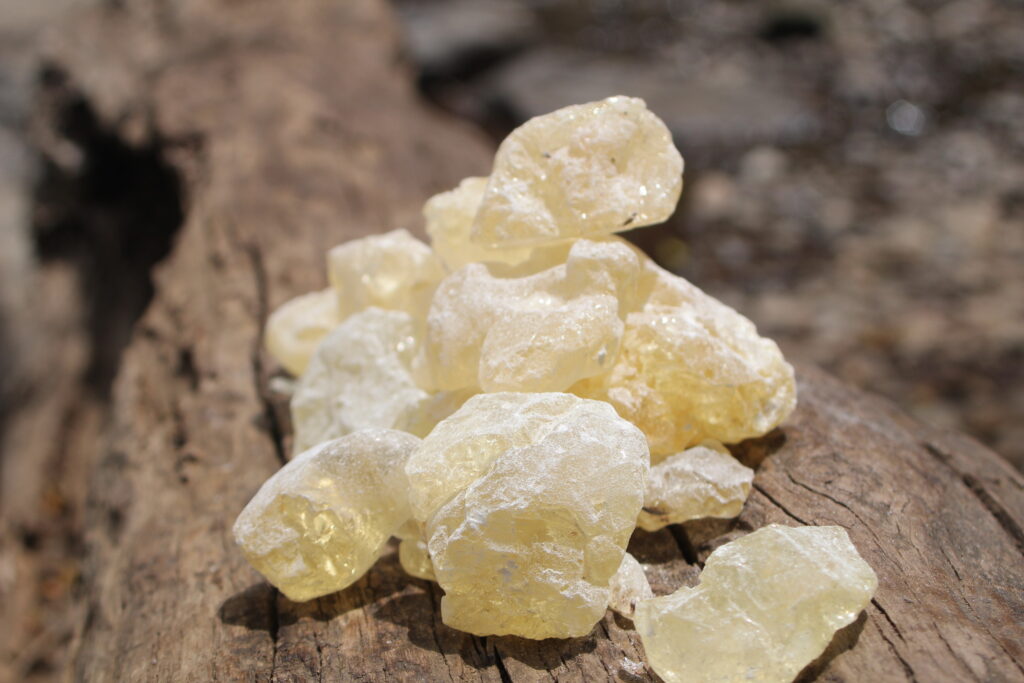Damar gum or also known as dammar gum is a sap obtained from trees belonging to the Dipterocarpaceae family, especially from species in the Shorea Javanica genus, and has become an integral part of our daily lives. As awareness of natural and sustainable products increases, demand for resin resin also continues to increase. However, it is important to ensure sustainable extraction. Responsible harvesting practices and efforts to preserve forest ecosystems are critical to maintaining the supply of resin for future generations. In conclusion, gum resin is a wonderful natural resin with a variety of uses. From traditional medicine to art conservation, and from industrial use to cosmetics and perfumery, the versatility of gum resin knows no bounds. Its unique properties and sustainable sourcing make it a highly valuable material in various industries. As we strive to achieve a more sustainable and environmentally conscious future, the importance of resin gum will increase, strengthening its position as a valuable natural resource for future generations.

- 1. Sustainable Forestry Management
- 2. Local Community Welfare
- 3. Development of Economic Alternatives
- 4. Innovation in the Use of Gum Damar
- 5. Monitoring and Certification
1. Sustainable Forestry Management
The first step towards sustainability in gum resin management is implementing sustainable forestry practices. This includes replanting felled resin trees, ensuring that the forests that provide resin gum are well maintained. Sustainable forestry principles also include monitoring and protecting biodiversity as well as efforts to prevent land degradation.
2. Local Community Welfare
An important aspect of sustainability is ensuring that local communities involved in gum resin collection receive fair benefits. This involves providing safe working conditions, decent wages, and active community participation in decision-making regarding resource management. By strengthening the welfare of local communities, resin gum management practices can be a positive force in local economic development.
3. Development of Economic Alternatives
In an effort to reduce pressure on natural resources, the development of economic alternatives is important. Training and skills development to create new economic opportunities outside the resin gum industry can help achieve this goal. Economic diversification can help society not only depend on one type of resource, creating long-term economic resilience.
4. Innovation in the Use of Gum Damar
To improve the sustainability of resin gum, it is important to find new ways to use and develop more sustainable resin gum-based products. Innovations in the use of these resins can create added value and increase demand for gum resin, while reducing the ecological impact.
5. Monitoring and Certification
ensuring that resin gum management practices comply with established sustainability standards using monitoring and certification systems such as the Forest Stewardship Council (FSC). Such certification provides consumers with assurance that the products they purchase come from well-managed and sustainable sources.